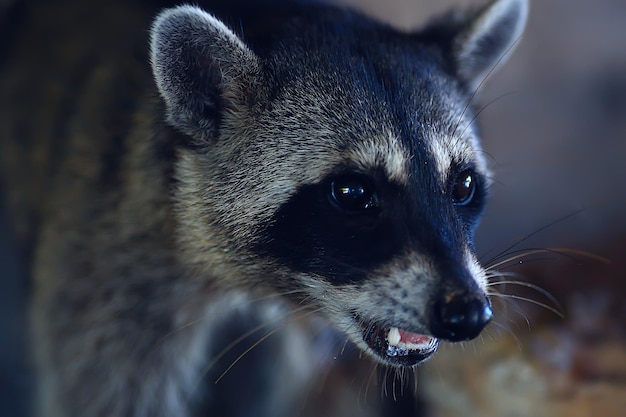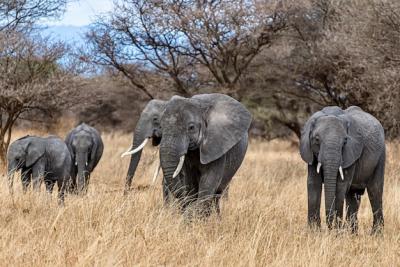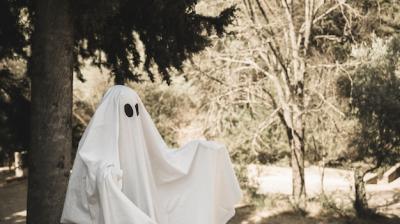American Raccoon in the Wild – Free Stock Photo for Download
Explore the World of the Nosoha Raccoon
Welcome to our detailed overview of the wild nosoha, a fascinating species of the American raccoon. This unique animal, often found in various habitats, comes with its own set of behaviors and characteristics that make it a beloved aspect of wildlife in North America.
About the Nosoha Raccoon
The nosoha is a special breed of raccoon that captivates wildlife enthusiasts and researchers alike. Often recognized by its distinctive markings and playful demeanor, this animal thrives in diverse environments, from dense forests to urban areas. Understanding this species gives us insight into its role in the ecosystem.
Physical Characteristics
Here are some key features that define the nosoha raccoon:
- Distinctive Fur: Their fur is typically a mix of grey and black, with a signature mask of dark fur around the eyes.
- Size: On average, nosoha raccoons weigh between 10 to 30 pounds, making them medium-sized mammals.
- Claws: They have sharp claws that are perfect for climbing and foraging.
Habitat and Lifestyle
Nosoha raccoons are highly adaptable creatures. They thrive in various environments and exhibit interesting behaviors that keep them engaged with their surroundings. Their choice of habitat can greatly influence their daily routines.
Preferred Habitats
- Forests: They find shelter and food among the trees and are skilled climbers.
- Urban Areas: These raccoons often venture into cities, searching for food in trash bins and parks.
- Wetlands: They enjoy areas with water, as it provides them with additional food sources.
Daily Activities
These raccoons are known for their nocturnal habits. They spend their nights foraging for food, which includes fruits, insects, and small animals. Their curiosity drives them to explore their environment, making every night an adventure.
The Importance of Nosoha Raccoons in the Ecosystem
The nosoha raccoon plays a crucial role in its habitat. By controlling insect populations and contributing to the dispersal of seeds through their foraging activities, these animals maintain the balance of their ecosystems.
Ecological Contributions
- Seed Dispersal: As they consume fruits, they aid in spreading seeds, which helps plant growth.
- Pest Control: By feeding on insects, they help keep those populations in check.
- Scavenging: Nosoha raccoons help recycle nutrients in the ecosystem by clearing away carrion.
Conclusion
In summary, the wild nosoha, a unique member of the American raccoon family, is much more than just a cute face. Its behaviors, adaptability, and contributions to the environment make it a vital part of our ecosystem. Whether you are a wildlife enthusiast or simply curious about our natural world, understanding the nosoha raccoon adds to the appreciation of the richness of animal life.












